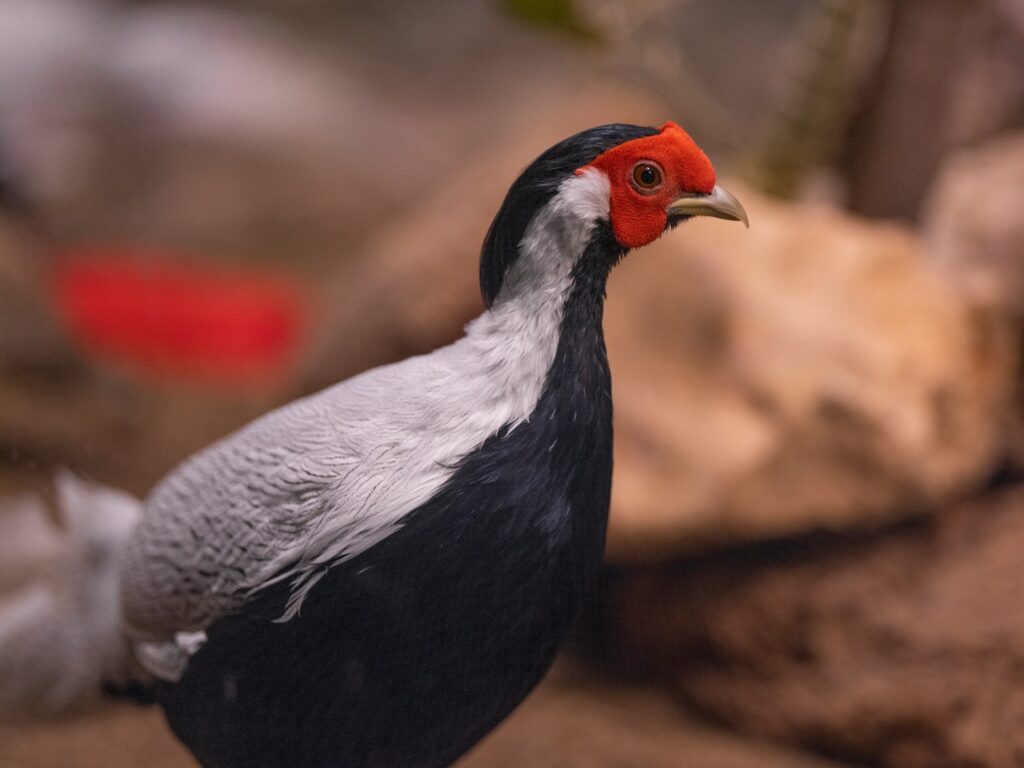Birds are magnificent creatures that play vital roles in our ecosystems, from pollinating plants to controlling insect populations. Unfortunately, many bird species face serious threats to their survival, with populations declining at alarming rates worldwide. The good news is that individual actions, when multiplied across communities, can make a significant difference. You don’t need to be an ornithologist or conservation scientist to help protect the endangered birds in your local area. With some knowledge and dedication, you can contribute meaningfully to bird conservation efforts right from your own backyard and community.
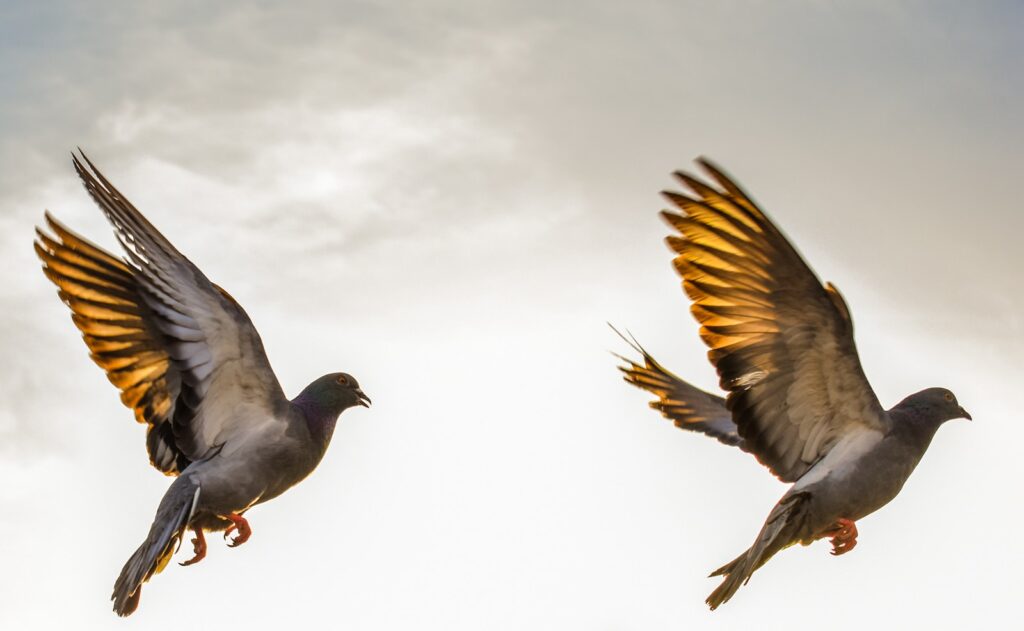
Understanding the Crisis: Why Birds Need Our Help
Birds across the globe face unprecedented challenges that have pushed many species to the brink of extinction. According to the International Union for Conservation of Nature (IUCN), approximately 13% of bird species worldwide are threatened with extinction. Habitat loss remains the primary threat, as forests are cleared, wetlands are drained, and grasslands are converted to agricultural use. Climate change compounds these problems by altering migration patterns, breeding seasons, and food availability. Additionally, birds face dangers from pesticide use, predation by invasive species, window collisions, and hunting. Understanding these threats is the first step toward taking meaningful action to protect our feathered neighbors and preserve biodiversity for future generations.
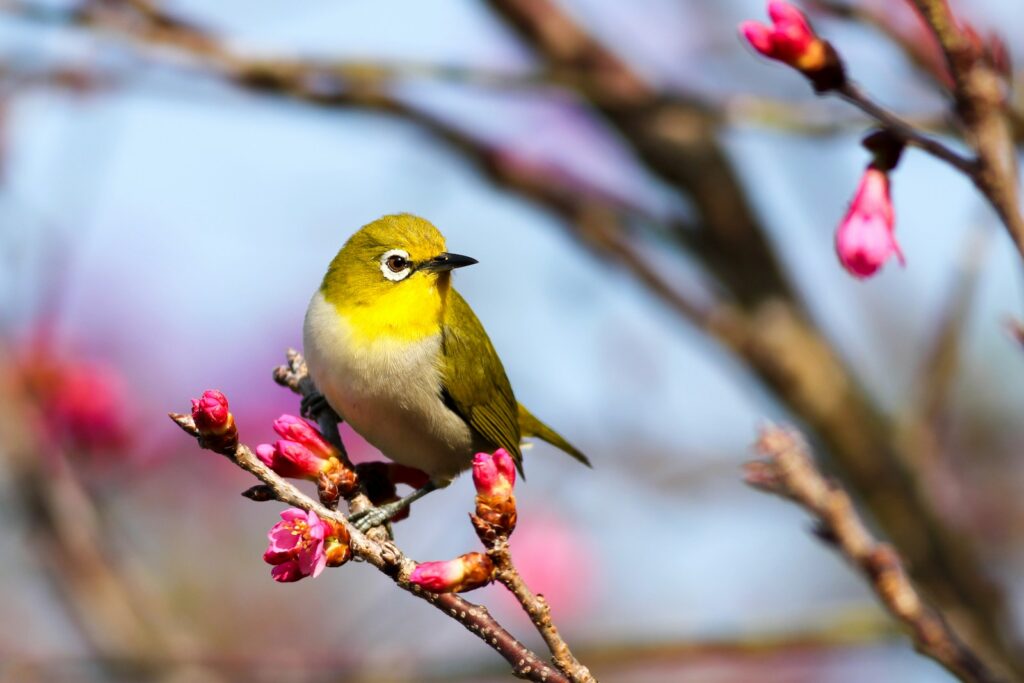
Identifying Endangered Birds in Your Region
Before you can help protect endangered birds, you need to know which species in your area require special attention. Start by researching local bird populations through resources like the Audubon Society, local wildlife agencies, or conservation organizations that maintain regional databases of threatened and endangered species. Many areas have bird-watching clubs or ornithological societies that track local bird populations and can provide valuable information about species at risk. Mobile apps like Merlin Bird ID or eBird can help you identify birds and contribute to citizen science by reporting your sightings. Creating a list of endangered or threatened birds in your region will help you tailor your conservation efforts to the species that need them most, making your contribution more effective and targeted.
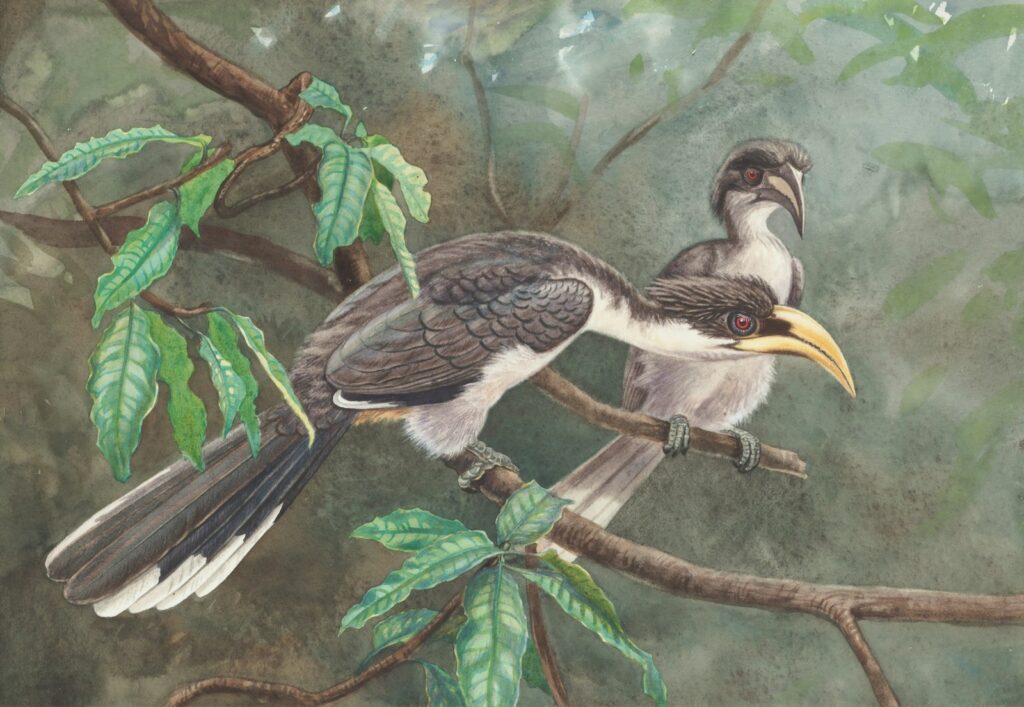
Creating Bird-Friendly Habitats in Your Backyard
Your backyard can serve as a vital sanctuary for local birds, including endangered species. Start by planting native trees, shrubs, and flowers that provide natural food sources, nesting materials, and shelter for birds throughout the seasons. Different plant heights and densities create diverse habitats that appeal to various bird species with different nesting and feeding preferences. Include water sources like birdbaths or small ponds, refreshing them regularly to prevent mosquito breeding and disease transmission. Consider installing nesting boxes specifically designed for species of concern in your area, positioning them at appropriate heights and facing away from prevailing winds. Maintaining a chemical-free yard by eliminating pesticides and herbicides protects not only birds but also the insects many bird species depend on for food, especially when feeding their young.
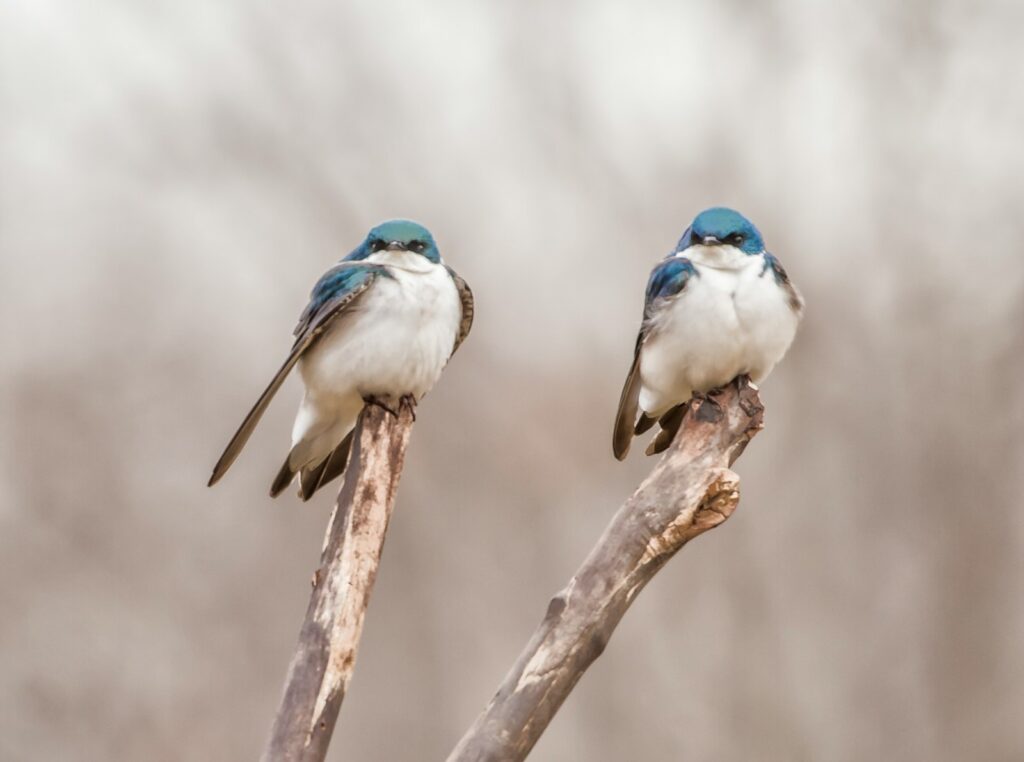
Feeding Birds Responsibly and Effectively
Supplemental feeding can help birds, particularly during harsh weather or when natural food sources are scarce, but it must be done responsibly. Research the dietary preferences of endangered birds in your area and provide appropriate food in suitable feeders – for instance, hummingbirds need nectar feeders, while seed-eating birds benefit from platform or tube feeders. Keep feeders clean by washing them with a mild bleach solution every two weeks to prevent the spread of diseases that can devastate bird populations. Position feeders either within three feet of windows or more than 30 feet away to reduce collision risks, which kill millions of birds annually. Remember that feeding is a commitment – once birds come to rely on your feeders, especially during winter or breeding seasons, sudden cessation can leave them vulnerable when they most need energy resources.
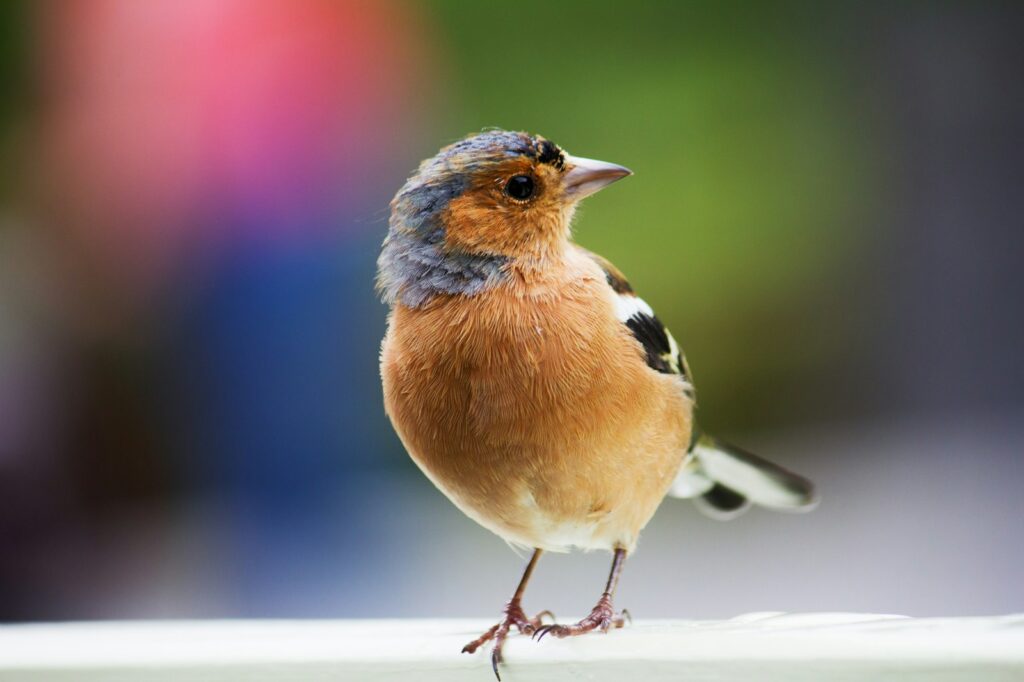
Making Windows Bird-Safe to Prevent Collisions
Window collisions kill an estimated 600 million birds annually in the United States alone, making them one of the leading human-caused threats to bird populations. Birds see reflections of sky and trees in glass and fly directly into windows, often suffering fatal injuries. To prevent these tragic collisions, apply visual markers to your windows that break up reflections – these can be decorative decals, strips of tape, or specialized bird-safe window films spaced no more than four inches apart. External screens, netting, or shutters can also provide effective barriers while maintaining your view. Consider installing bird-friendly “fritted” or patterned glass when replacing windows, which contains visible patterns that birds can detect. Moving indoor plants away from windows can also help, as birds may perceive these as shelter and fly toward them, only to hit the intervening glass.
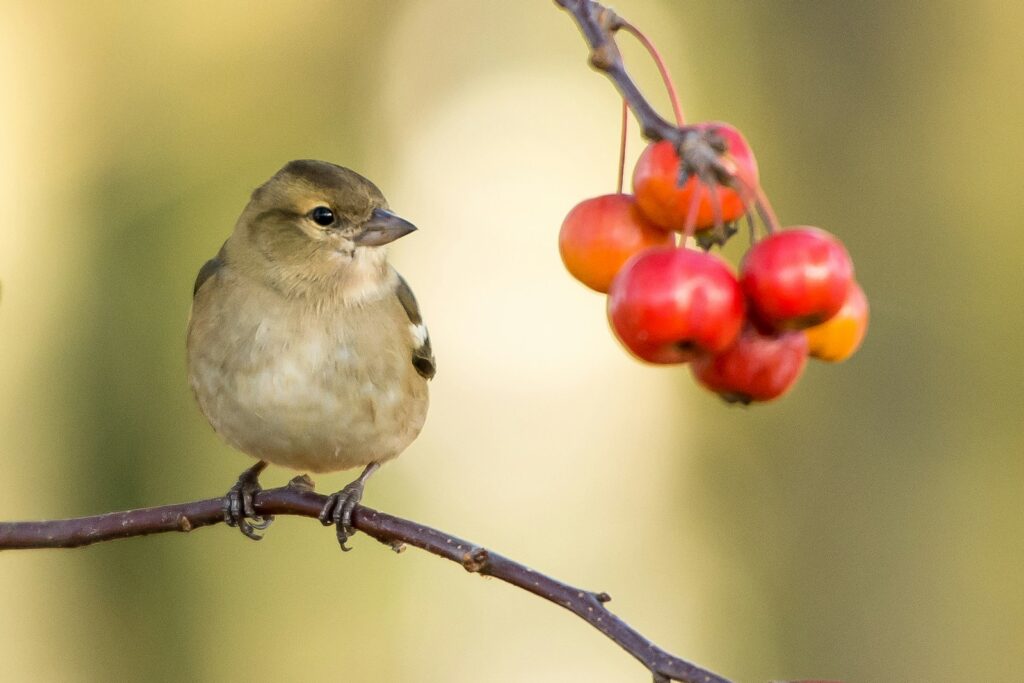
Participating in Citizen Science Bird Monitoring Programs
Citizen science programs allow everyday people to contribute valuable data to scientific research on bird populations and behaviors. Projects like the Great Backyard Bird Count, Christmas Bird Count, or eBird enable you to record bird sightings that help scientists track population trends, migration patterns, and habitat use. These observations, when compiled across thousands of participants, create powerful datasets that inform conservation policies and protection efforts. Many endangered bird monitoring programs provide training to help you identify species accurately and record useful observations about behaviors, nesting activities, or habitat use. The information you collect can alert researchers to population declines or habitat threats before they become critical. Participating regularly creates longitudinal data that’s particularly valuable, so consider making bird monitoring a consistent part of your routine throughout the year.
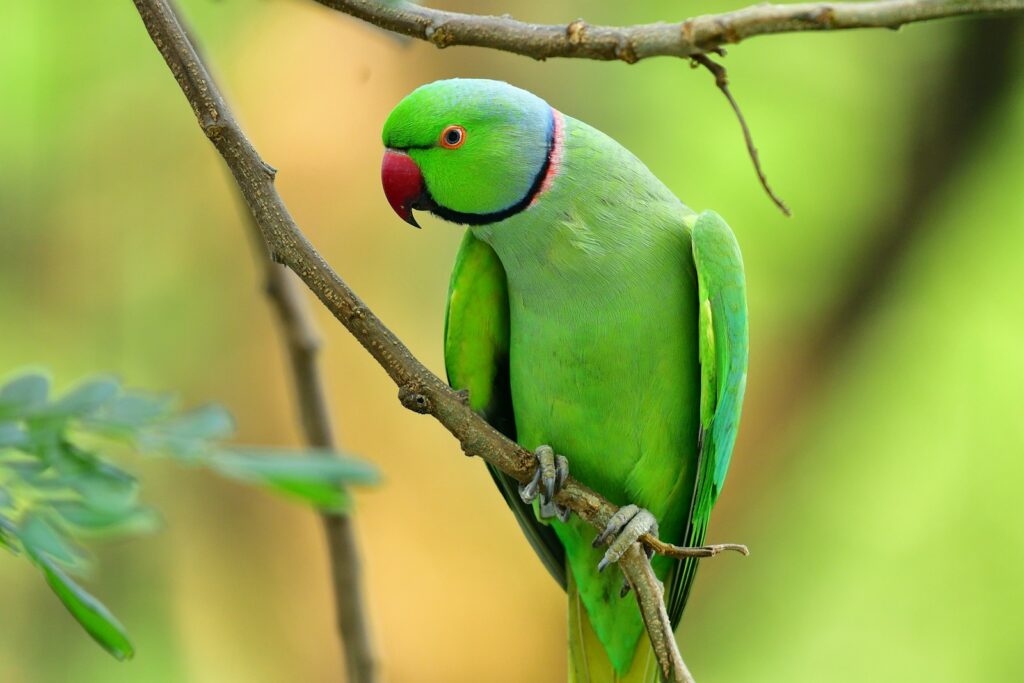
Reducing Light Pollution for Migratory Birds
Artificial light at night poses a serious threat to migratory birds, which often travel at night using celestial navigation. Bright city lights can disorient birds, causing them to circle illuminated areas until they collapse from exhaustion or collide with buildings. You can help by turning off unnecessary outdoor lighting during peak migration seasons (typically March-May and August-October in North America). When outdoor lighting is necessary, use fixtures that direct light downward rather than into the sky, and install motion sensors so lights only activate when needed. Inside your home, draw blinds or curtains at night to prevent light from spilling outward, especially if you live in a high-rise building or near migration routes. Join local initiatives like Lights Out programs, which encourage businesses and buildings to reduce lighting during migration periods, creating safer passage for birds through urban areas.
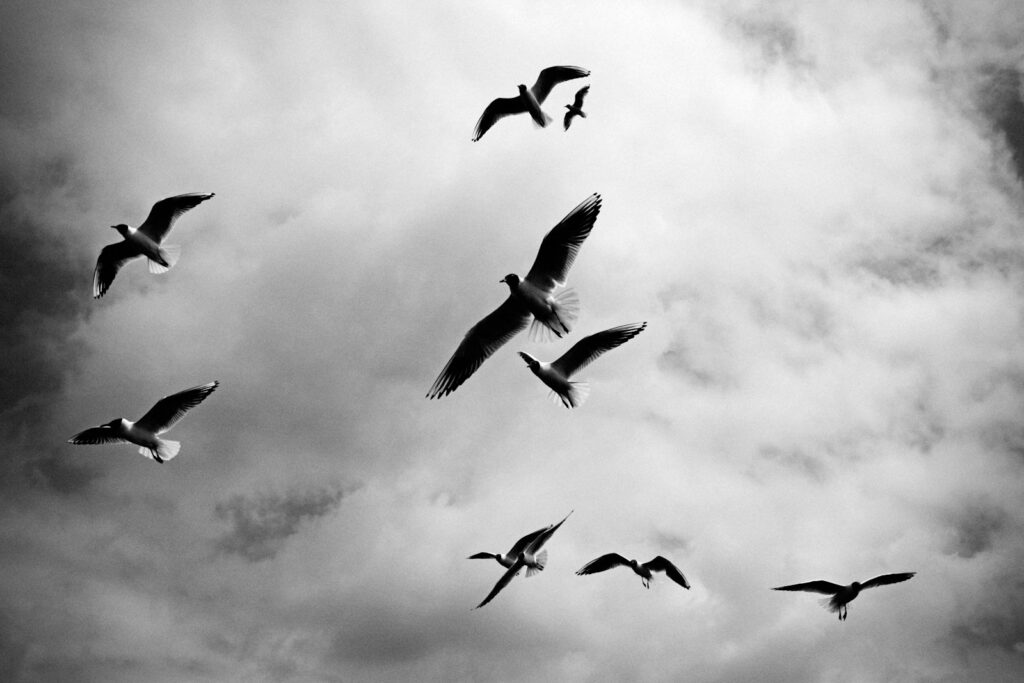
Keeping Cats Indoors to Protect Bird Populations
Domestic cats, both pets and feral populations, kill an estimated 2.4 billion birds annually in the United States alone, making them the single greatest human-caused threat to birds. Even well-fed cats hunt by instinct, and their impact on vulnerable bird populations can be devastating. The most effective solution is keeping pet cats indoors or creating enclosed outdoor spaces like “catios” where they can enjoy fresh air without threatening wildlife. If your cat must go outdoors, outfit them with a brightly colored collar with a bell to give birds warning, though this offers only limited protection. Support trap-neuter-return programs for feral cat populations, which humanely reduce their numbers over time. Educate neighbors and community members about the impact of outdoor cats on bird populations, especially during nesting season when fledglings are particularly vulnerable to predation.
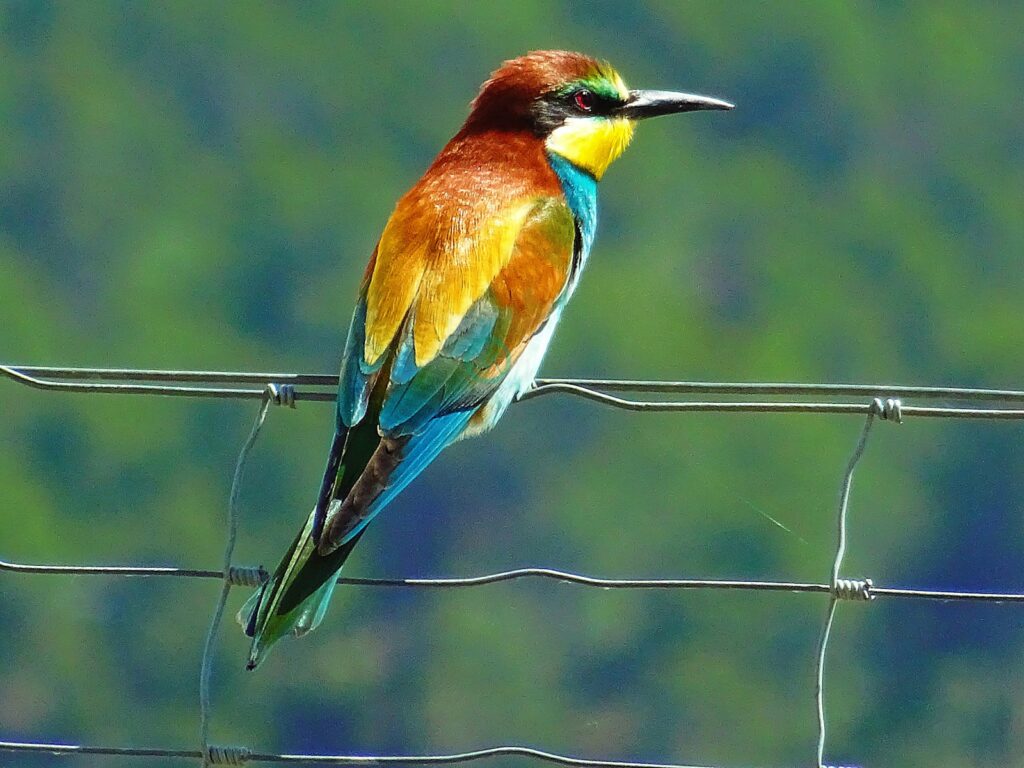
Advocating for Bird-Friendly Policies in Your Community
Individual actions matter, but policy changes can create broader protections for endangered birds across entire communities. Attend local government meetings to advocate for bird-friendly building codes that require safer glass in new construction, protection of important habitat areas, and responsible urban planning that preserves green spaces. Support measures to reduce pesticide use in public parks and spaces, which can poison birds directly or eliminate their food sources. Get involved with local land trusts or conservation groups working to protect critical bird habitats from development. Contact your representatives at local, state, and federal levels about supporting and funding bird conservation programs, especially those that protect endangered species. Your voice as a constituent can influence policy decisions that determine whether crucial habitats are preserved or developed.
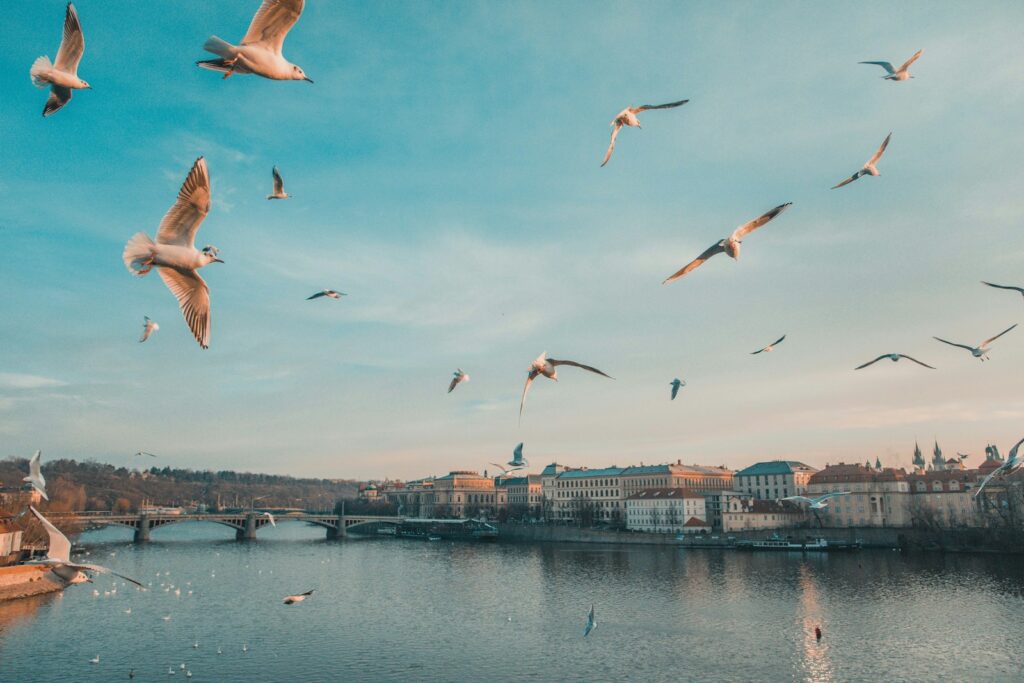
Supporting Conservation Organizations and Research
Conservation organizations play vital roles in protecting endangered birds through habitat preservation, research, rehabilitation, and policy advocacy. Consider supporting these efforts through financial contributions, which fund land acquisition for nature preserves, habitat restoration projects, and crucial research on threatened species. Many organizations offer “adopt a bird” programs where your donation directly supports conservation of specific endangered species. Beyond financial support, volunteer your time with local chapters of organizations like the Audubon Society, helping with bird counts, habitat restoration projects, or educational outreach events. If you have specialized skills in areas like photography, web design, accounting, or legal expertise, these can be valuable contributions to conservation organizations operating with limited resources. Even small, consistent donations to well-established conservation groups can help fund critical programs that make real differences for endangered birds.
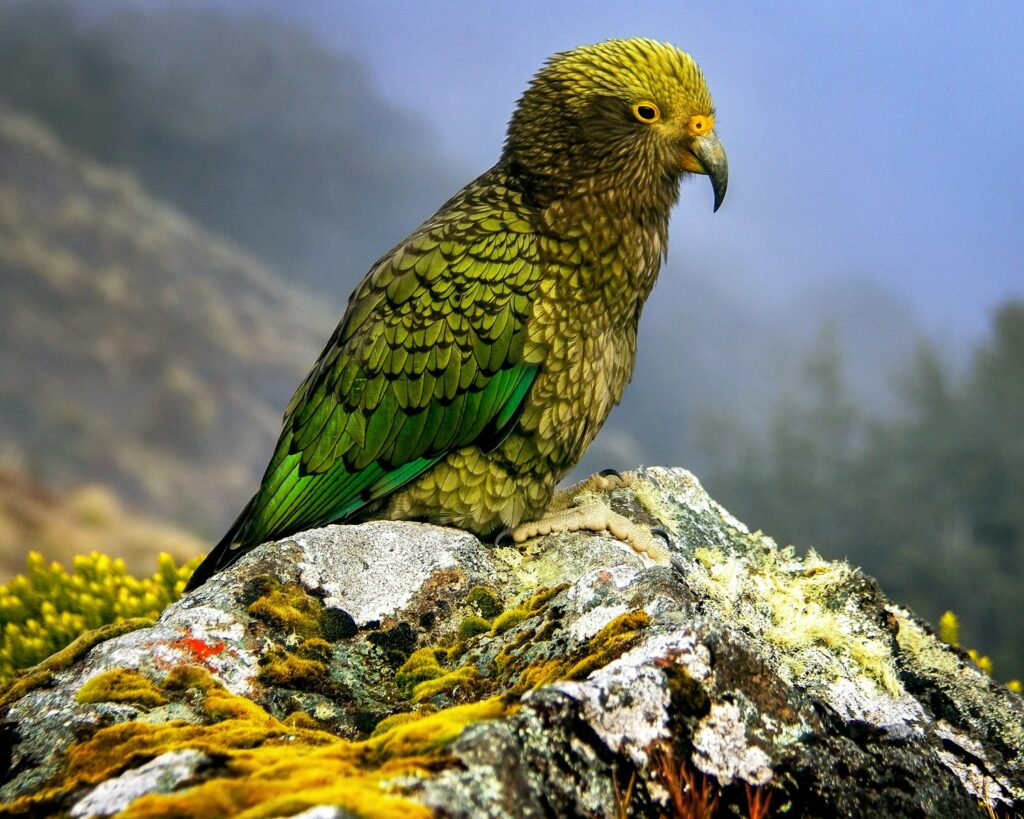
Educating Others About Bird Conservation
Spreading awareness about endangered birds and conservation needs multiplies your impact by inspiring others to take action. Share your knowledge and passion for birds with friends, family, and neighbors through conversations, social media, or by hosting backyard birdwatching gatherings. Consider organizing presentations at local schools, libraries, or community centers about the endangered birds in your area and simple steps people can take to help them. Create or distribute informational materials about bird-friendly practices at community events, farmers markets, or garden centers where you might reach people interested in outdoor activities. Teaching children about birds through activities, stories, and outdoor observations helps cultivate the next generation of conservation advocates who will continue protection efforts long into the future.
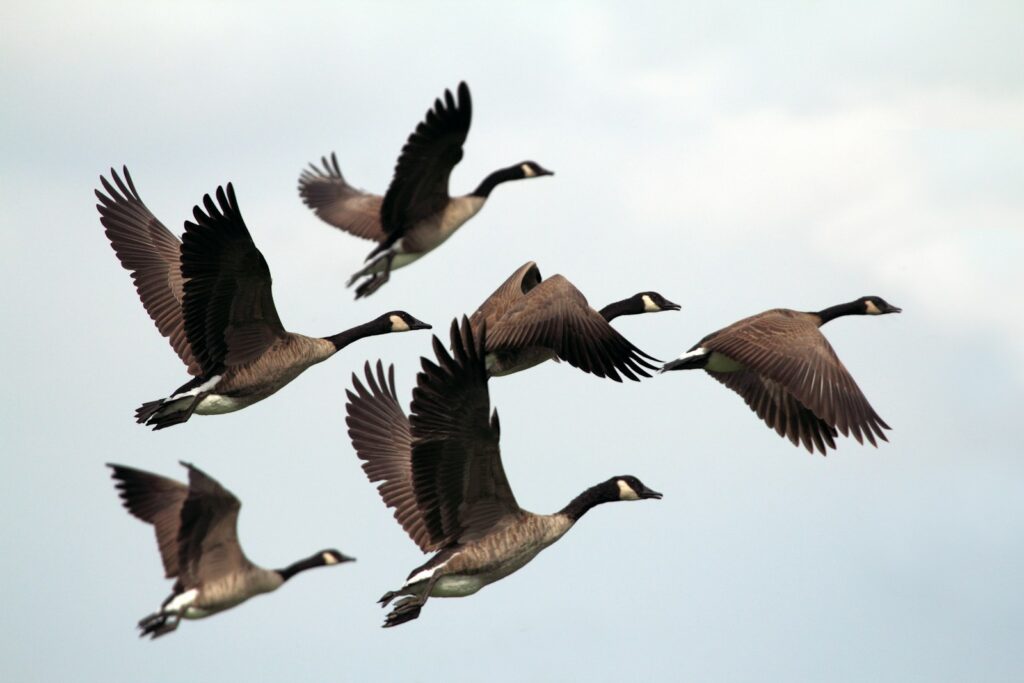
Responsible Birdwatching Practices
Birdwatching is a wonderful way to appreciate and monitor bird populations, but it must be done responsibly to avoid causing harm to the very birds we want to protect. Always maintain a respectful distance from birds, using binoculars or spotting scopes rather than approaching too closely, which can cause stress, disrupt feeding, or even cause parents to abandon nests. Never disturb nesting sites or use recordings of bird calls to attract birds during breeding season, as this can distract them from important activities like feeding young or defending territory. Stay on designated trails when birdwatching in natural areas to minimize habitat disturbance, even if it means missing a better view or photo opportunity. Consider joining guided birdwatching tours led by knowledgeable leaders who understand ethical practices and can enhance your experience while ensuring birds remain protected.
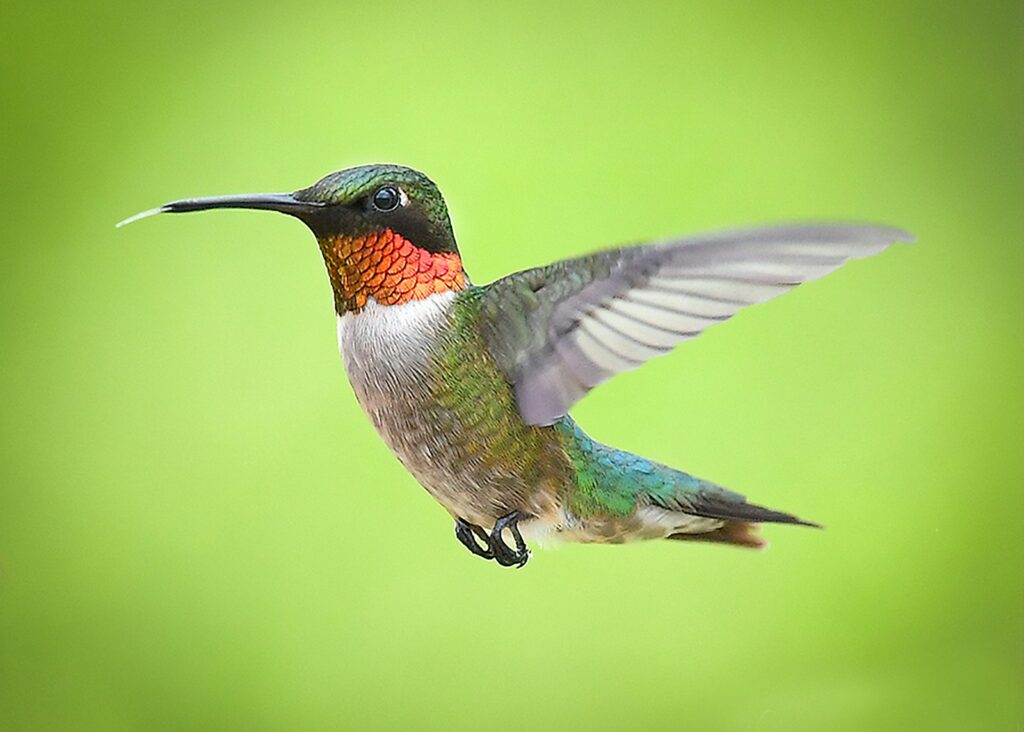
Making Sustainable Consumer Choices for Bird Conservation
Our everyday purchasing decisions can significantly impact bird habitats around the world. Choose shade-grown coffee, which preserves forest canopy where many migratory birds winter in Latin America, unlike sun-grown varieties that require clearing forests. Look for Forest Stewardship Council (FSC) certified wood and paper products, ensuring they come from responsibly managed forests that protect bird habitat. Reduce plastic consumption and always dispose of waste properly, as plastic pollution in waterways and oceans severely impacts seabirds and shorebirds. Support sustainable agriculture by purchasing organic foods when possible, reducing the pesticides that harm birds and deplete their insect food sources. Each consumer choice represents an opportunity to “vote with your wallet” for practices that preserve rather than destroy the habitats endangered birds depend on for their survival.
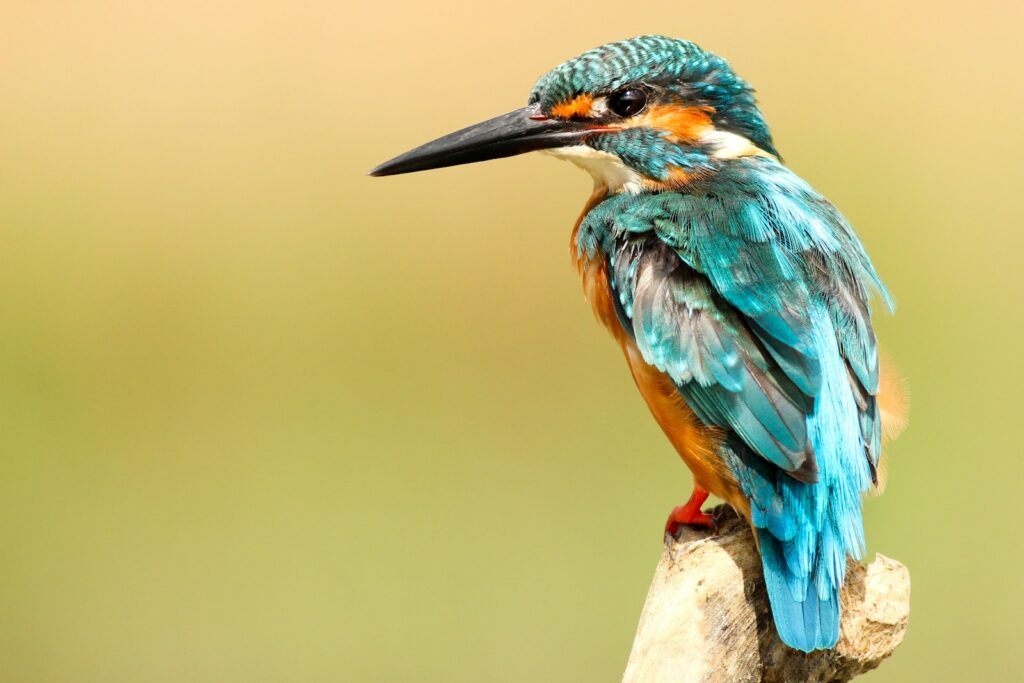
Conclusion
Protecting endangered birds requires a multifaceted approach, combining personal actions in our daily lives with broader community involvement and support for conservation efforts. By creating bird-friendly spaces, monitoring local populations, advocating for protective policies, and making sustainable choices, you can make a meaningful difference for threatened bird species in your area. Remember that conservation is a collective effort—every action, no matter how small, contributes to the larger goal of preserving biodiversity and ensuring that future generations will enjoy the sight and sound of these remarkable creatures. Start with just one or two actions from this guide, and gradually incorporate more as you can. The birds in your community—and those who appreciate them—will benefit from your dedication to their protection.
